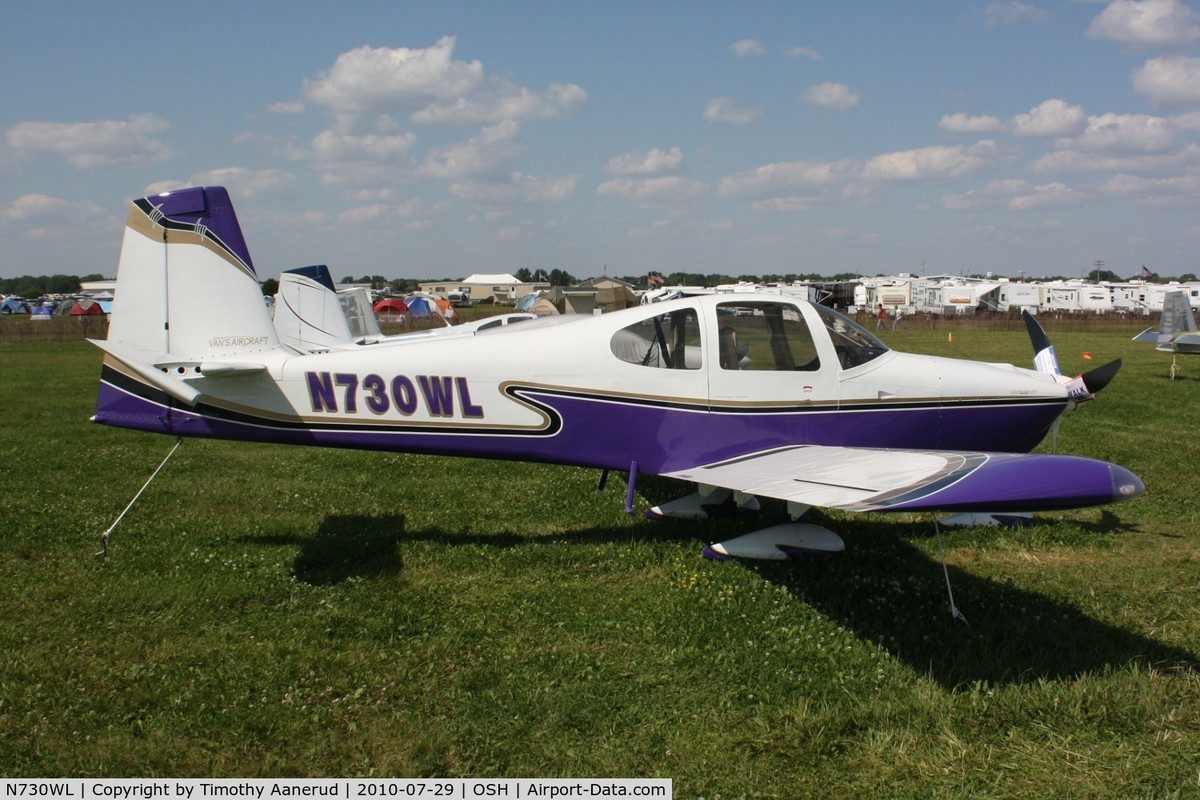https://data.ntsb.gov/carol-repgen/api/ ... 192721/pdf
The amateur-built experimental airplane was in cruise flight when the pilot noticed that a red warning light in the cockpit was illuminated. The “oil pressure gauge” was “pegged” at 320°F. The pilot immediately reduced engine power and initiated a glide profile to “take all the load off the engine” so it could cool down. While setting up for the approach to land at the closest airport, the engine “seized up” and sustained a total loss of power. The pilot performed a forced landing to a flat grass field. The airplane sustained substantial damage to the fuselage and both wings.
Postaccident examination of the experimental automotive engine revealed that the positive crankcase ventilation (PCV) valve had failed. The pilot reported that the failed PCV valve caused the engine to suck “too much oil” out of the crankcase and into the intake section. He additionally reported that over the “long slow climb” to the cruise altitude of 6,000 ft, this caused the oil level to get “too low,” eventually causing the oil to overheat, and that once the oil overheated, the engine then stopped operating.
The airplane was recovered from the field and the experimental General Motors LS-3 (V8) automotive engine was examined. The examination revealed that the positive crankcase ventilation (PCV) valve had failed for undetermined reasons. The pilot reported that the failed PCV valve caused the engine to suck “too much oil” out of the crankcase and into the intake section. He additionally reported that over the “long slow climb” to the cruise altitude of 6,000 ft, this caused the oil level to get “too low,” eventually causing the oil to overheat, and that once the oil overheated, the engine then stopped operating.
